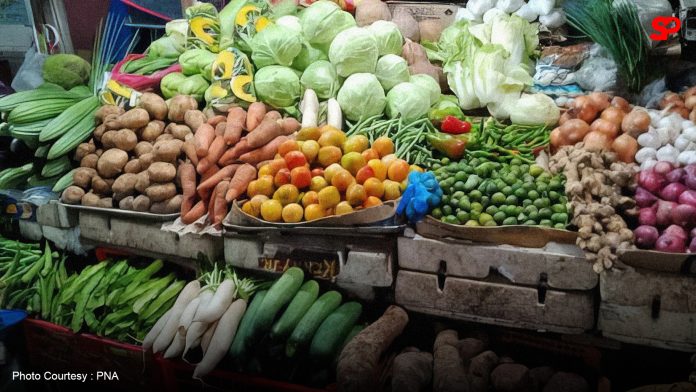By Michelle Ducut
The deceleration of the inflation rate in the Bicol region to 3.2% in November, as reported by the Philippine Statistics Authority (PSA) Region 5, is a positive development for households and businesses. This marks an improvement from the 3.6% rate recorded in October, signaling that measures to stabilize prices may be taking effect. Housing, water, electricity, gas, and other fuels played a significant role in this decline, contributing 86.6% to the downtrend.
While this is a step in the right direction, it also highlights areas where progress remains critical.
Lower inflation means a slower rise in the cost of goods and services, providing relief to consumers struggling with day-to-day expenses. Essential commodities such as electricity and food products like rice, bread, and dairy have shown tempered price increases. These shifts reflect the cumulative impact of policies aimed at curbing inflationary pressures. However, while the overall trend is encouraging, it is essential to recognize that inflation remains uneven across Bicol’s provinces, with Camarines Sur posting the highest rate at 3.9% and Camarines Norte at the lowest with 1.4%.
The focus on housing and utilities as primary drivers of inflation decline underscores the need for sustained efforts in these sectors. Energy prices, in particular, have a cascading effect on other goods and services. The slower increase in electricity costs at 2.7% contributed significantly to the region’s inflation improvement. Policies aimed at maintaining stable energy prices and promoting sustainable sources of electricity could help ensure long-term stability in these critical sectors.
However, the inflation rate is not just a set of numbers but a reflection of the lived realities of people. Even at 3.2%, inflation still erodes purchasing power, particularly for low-income households. The disparity in inflation rates across Bicol’s provinces highlights the challenges of ensuring equitable economic growth. For example, provinces like Camarines Sur may require targeted interventions to address localized price pressures that could strain their residents further.
Moving forward, the government must remain vigilant in addressing inflation drivers, particularly food security and supply chain efficiencies. The lower inflation for basic food items like rice and corn is encouraging, but these gains must be consolidated through agricultural support, improved distribution systems, and price monitoring. The emphasis on restaurant and accommodation services as contributors to the decline also suggests a recovery in consumer spending, but this sector remains vulnerable to global economic shifts.
Bicol’s inflation deceleration is a promising sign, but it is not a reason for complacency. Policymakers must leverage this momentum to implement long-term measures that address structural issues in the economy. For families in Bicol, lower inflation provides some breathing room, but the real goal is sustained and inclusive economic growth that ensures resilience against future price shocks. The 3.2% inflation rate is a step toward stability, but it must serve as a foundation for more comprehensive economic reforms.

